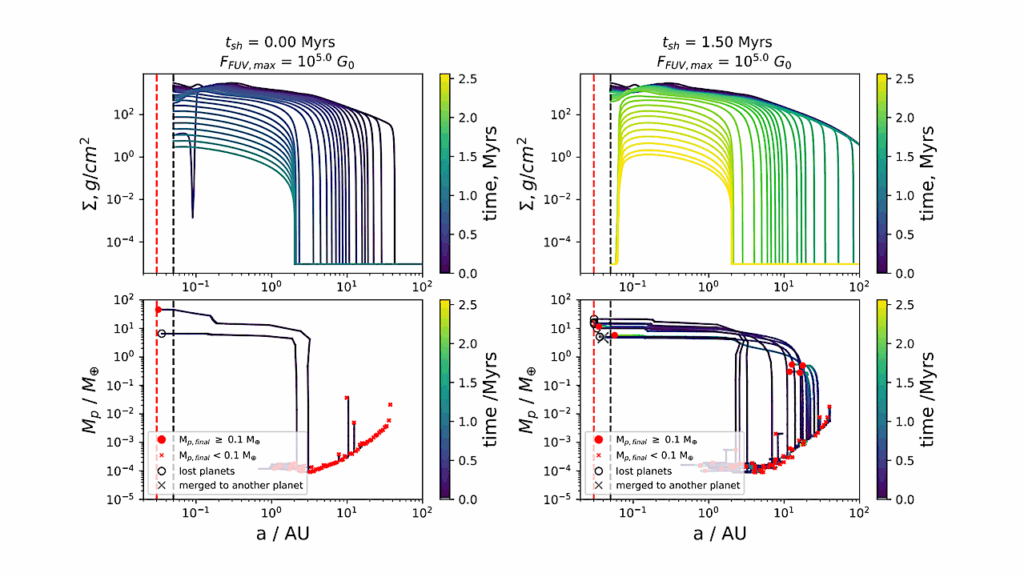Statistics of the Chemical Composition of Solar Analog Stars and Links to Planet Formation

The Sun has been found to be depleted in refractory (rock-forming) elements relative to nearby solar analogs, suggesting a potential indicator of planet formation.
Given the small amplitude of the depletion, previous analyses have primarily relied on high signal-to-noise stellar spectra and a strictly differential approach to determine elemental abundances. We present an alternative, likelihood-based approach that can be applied to much larger samples of stars with lower precision abundance determinations.
We utilize measurements of about 1700 solar analogs from the Apache Point Observatory Galactic Evolution Experiment (APOGEE-2) and the stellar parameter and chemical abundance pipeline (ASPCAP DR16). By developing a hierarchical mixture model for the data, we place constraints on the statistical properties of the elemental abundances, including correlations with condensation temperature and the fraction of stars with refractory element depletions.
We find evidence for two distinct populations: a depleted population of stars that makes up the majority of solar analogs including the Sun, and a not-depleted population that makes up between 10-30% of our sample. We find correlations with condensation temperature generally in agreement with higher precision surveys of a smaller sample of stars. Such trends, if robustly linked to the formation of planetary systems, provide a means to connect stellar chemical abundance patterns to planetary systems over large samples of Milky Way stars.
Jacob Nibauer, Eric J. Baxter, Bhuvnesh Jain, Jennifer L. van Saders, Rachael L. Beaton, Johanna K. Teske
Comments: 23 Pages, 13 Figures
Subjects: Solar and Stellar Astrophysics (astro-ph.SR); Earth and Planetary Astrophysics (astro-ph.EP)
Cite as: arXiv:2010.07241 [astro-ph.SR] (or arXiv:2010.07241v1 [astro-ph.SR] for this version)
Submission history
From: Jacob Nibauer
[v1] Wed, 14 Oct 2020 16:59:43 UTC (6,314 KB)
https://arxiv.org/abs/2010.07241
Astrobiology,








